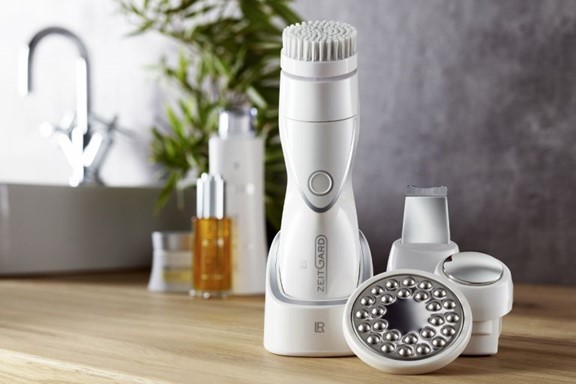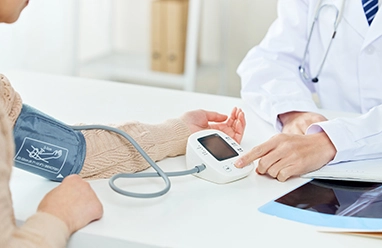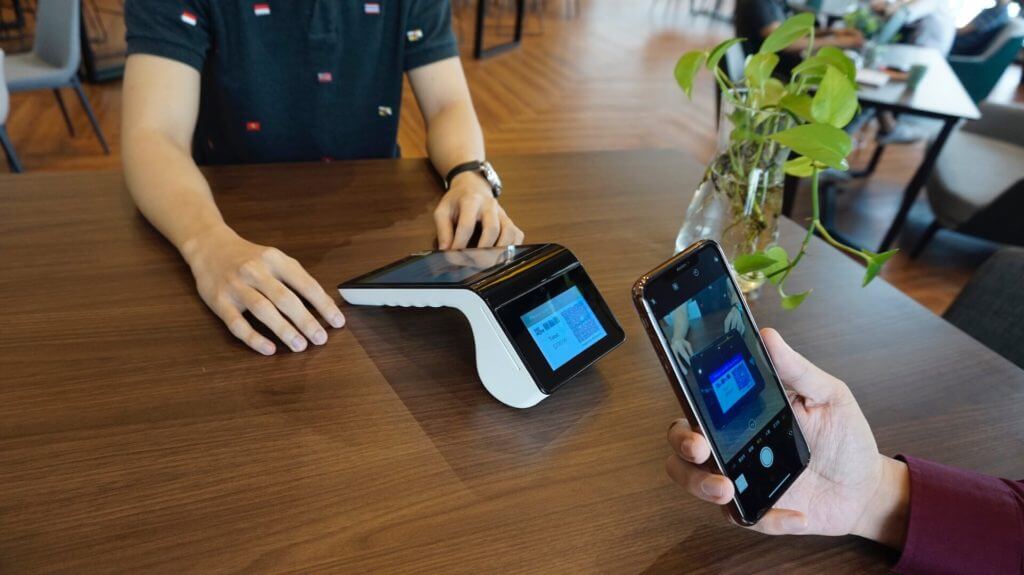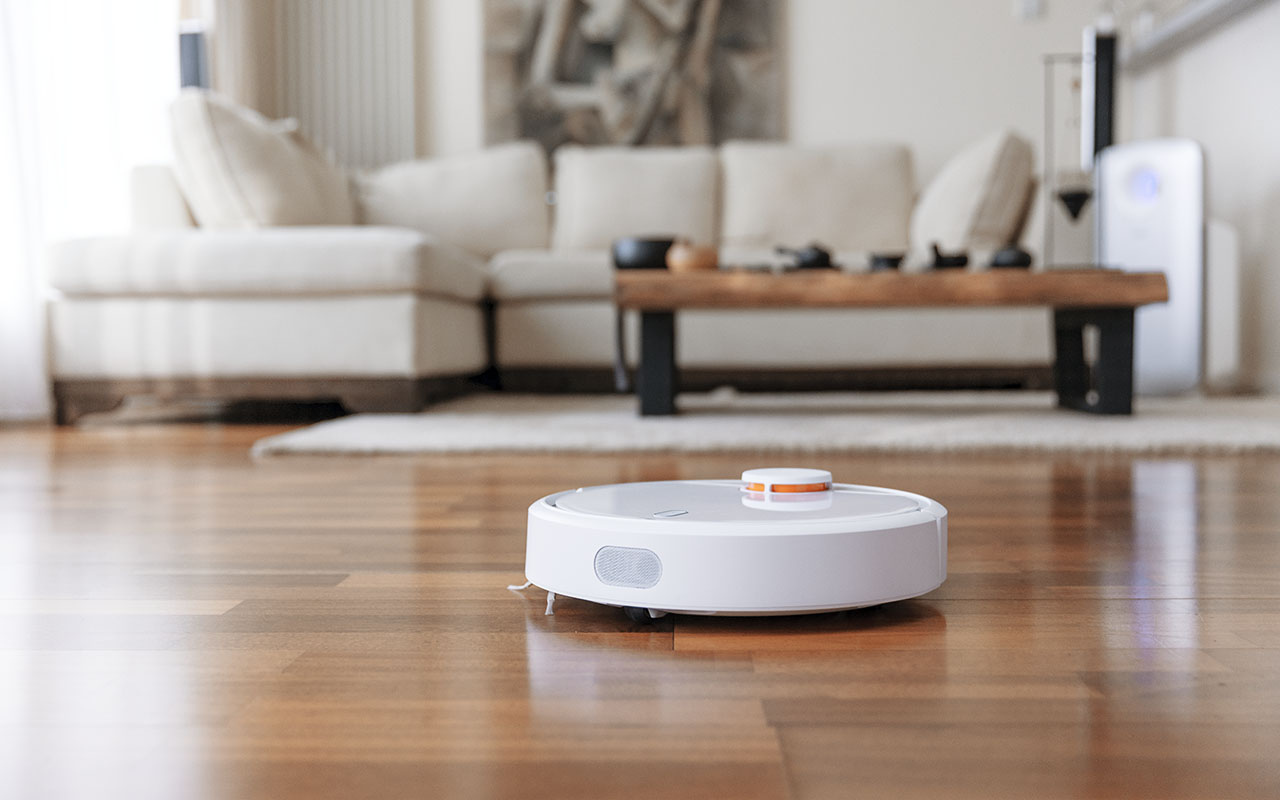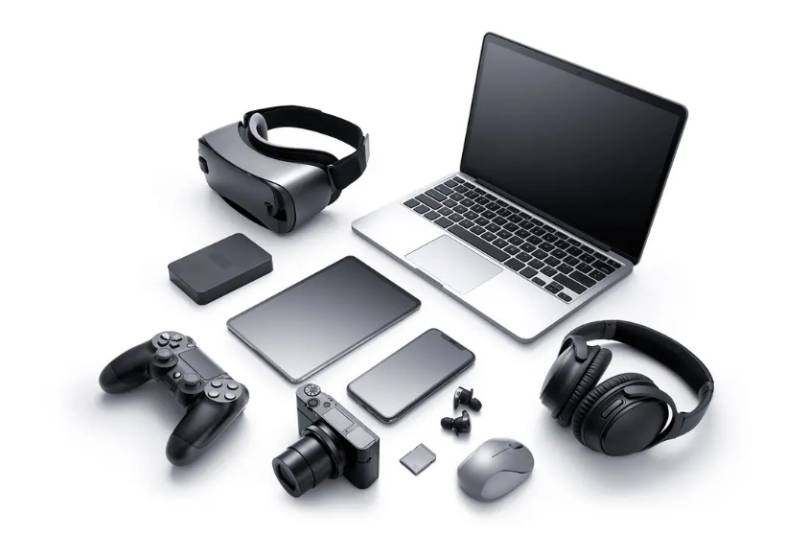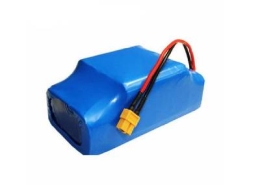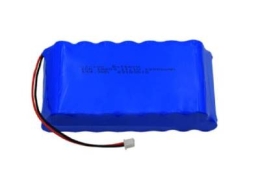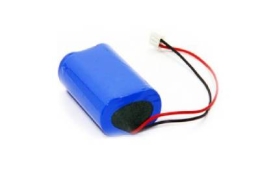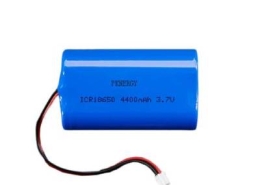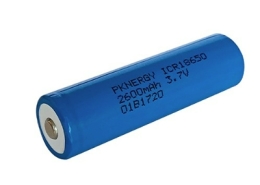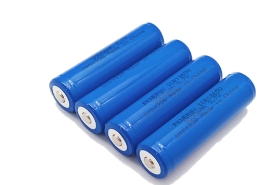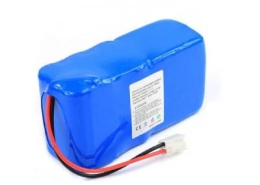
Lithium-ion Battery Cell
ICR10400 320mAh 3.7V 3C
Reliable Power, Enhanced Safety
✔ High Energy Density – 320mAh+ capacity for longer runtime, reducing replacements.
✔ Long Cycle Life – 1000+ charge cycles, ensuring durability.
✔ Stable High Discharge Rate – Consistent power output for high-performance devices.
✔ Wide Temperature Adaptability – Works reliably from -20℃ to 60℃.
✔ Advanced Safety Protection – Intelligent BMS prevents overcharging & short circuits.
🔹 Custom voltage, capacity & BMS solutions available.
🔹 Contact us today for a tailored battery solution!
SPECIFICATION
| No. | Item | Characteristics | Remarks |
|---|---|---|---|
| 1 | Nominal Capacity | Minimum: 304mAh Typical: 320mAh |
Standard discharge (0.2C) after Standard charge |
| 2 | Nominal Voltage | 3.7V | — |
| 3 | Charging Cut-off Voltage | 4.2V | — |
| 4 | Discharge Cut-off Voltage | 3.0V | — |
| 5 | Standard Charge | Constant Current 0.5C | Charge Time: Approx 4.0h |
| Constant Voltage 4.2V | |||
| 0.01C cut-off | |||
| 6 | Maximum Constant Charging Current | 320mA | — |
| 7 | Standard Discharge | Discharge at 0.2C to 3.0V | — |
| 8 | Maximum Continuous Discharging Current | 480mA | — |
| 9 | Operating Temperature | Charge: 0-45℃ Discharge: -20-60℃ |
— |
| 10 | Storage Temperature | -20~45℃ for 1 Month -10~35℃ for 6 Months |
— |
| 11 | Storage Voltage | 3.7-3.85V | — |
| 12 | Environmental Request | RoHS | If the product and packaging meet RoHS standards, a RoHS ID will be on the box. |
Characteristics
Electrochemical performance characteristics
| No. | Item | Testing Method | Requirements |
| 1 | Fully Charged
State |
CCCV or Constant current charge to 4.2V @0.5C follow by a constant voltage holding at 4.2V until current drops below 26±2mA. | — |
| 2 | Rated Capacity | 0.5c CCCV 0.01c at 4.2V (per 6.1.1) at room temp. (20±5C), rest for 1-2 hrs then discharge at a constant current of 0.2C to 3.0V, testing will be terminated by either 5 cycles or any one discharge time exceeds 5 hrs | ≥304mAh |
| 3 | Cycle Life
@25℃ |
Discharge to 3.0V @0.2C, then 0.5c CCCV 0.01C charge to 4.2V, rest for 10 min. discharge @ 0.2C to 3.0V and rest for 10 min. Continue the charge/discharge cycles until discharge capacity lower than 80% of rated capacity. | Cycle life ≥300 |
| 4 | Internal Impedance | Internal impedance is measured on a 50% charged battery at 1KHz AC at ambient temperature(20±2)℃ | — |
| 5 | Capacity Retention | Fully charge cells per 6.1.1, store them at (20±2)℃ for 28 days, then discharge the cells to 3.0V at 0.2C. | Discharge Capacity≥256mAh |
| 6 | High Temperature Characteristics | Fully charge cells per 6.1.1, store them at (55±2)℃ for 2 hours, then discharge the cells to 3.0V at 0.2C. | Discharge Capacity≥256mAh |
| 7 | Low Temperature Characteristics | Fully charge cells per 6.1.1, store them at (-10±2)℃ for 16~24 hours, then discharge the cells to 3.0V at 0.2C. | Discharge Capacity≥192mAh |
| 8 | Cell Voltage during Transportation | Check open circuit voltage (OCV) of cells prior to the delivery to customers | ≥3.75V |
Our Services
1. Customization Support
- Tailored lithium-ion battery solutions based on your project requirements.
- Flexible options for voltage, capacity, size, and BMS integration.
- Professional design assistance from concept to final product.
2. Fast Production & Delivery
- Efficient manufacturing process ensuring quick turnaround times.
- Global shipping with secure packaging to protect your order.
3. Quality Assurance
- 100% quality inspection before delivery.
- Compliance with international safety and performance standards.
4. After-Sales Support
- Dedicated technical support for troubleshooting and guidance.
- Warranty coverage for peace of mind.
- Quick response to inquiries and issue resolution.
5. Professional Consultation
- Expert recommendations for the best battery solution for your application.
- Comprehensive project evaluation to optimize performance and cost.
Warranty
The warranty period for this product is 1 year from the date the product left the manufacturer’s door.
Battery Packing Label
The following warnings should be indicated on the battery pack labels.
- Use a specified charger.
- Do not throw the battery into fire, or heat.
- Do not short-circuit the battery terminals.
- Do not disassemble the battery.
Common application fields of products
Lorem ipsum dolor sit amet
Related Products

Product FAQs
What lithium polymer batteries can PKNERGY make?
We can make regular 3.7V, 7.4V, 11.1V, 30mah~10000mah lithium polymer batteries. We also have rich experience in making ultra-thin and special lithium polymer batteries.
What are the advantages of lithium polymer batteries?
Lithium polymer batteries have the advantages of high energy density, light weight and small size. They can be designed into various shapes, suitable for a variety of applications, and have high safety, reducing the risk of leakage and explosion.
What is the shelf life of lithium polymer?
The shelf life of lithium polymer batteries is usually 2 to 3 years, depending on storage and use conditions.
How to store lithium polymer batteries?
Lithium polymer batteries should be stored in a cool, dry place, avoid high temperatures and direct sunlight, the most suitable storage temperature is around 15°C, and keep the power between 40%-60% to extend the service life.











